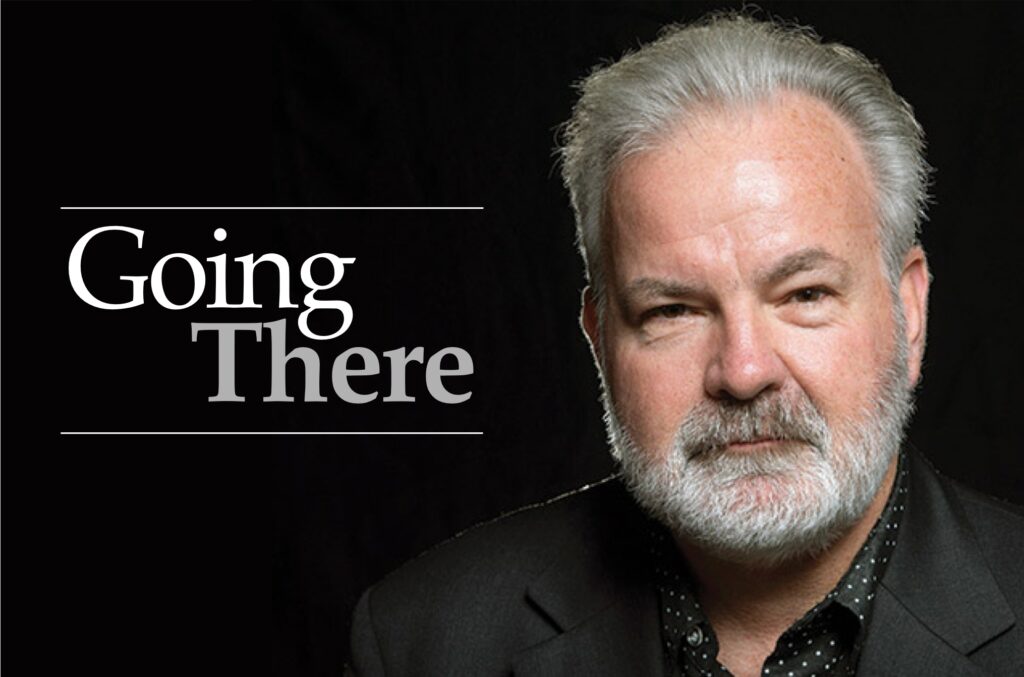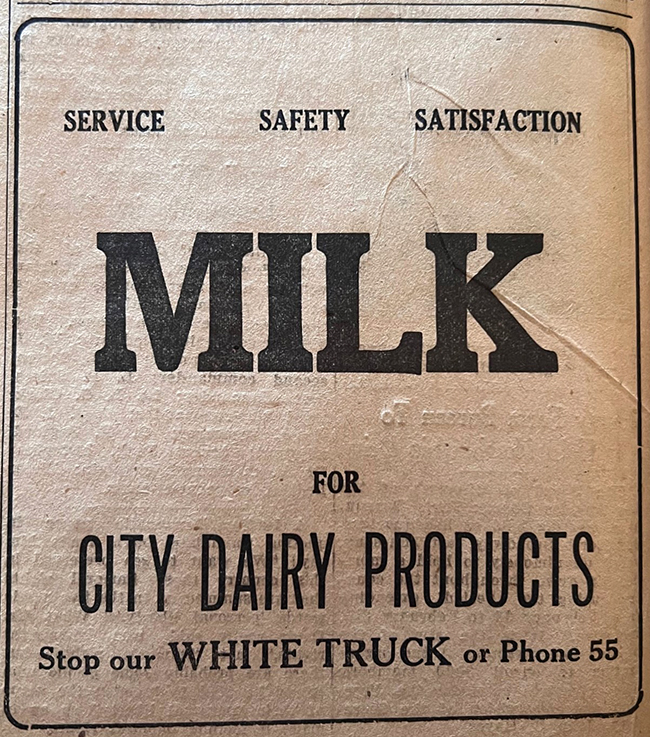It’s all the little things that make Claremont
by John Pixley
Ruth Bobo wasn’t like other English teachers. She really wasn’t like any other teachers. That’s what I thought right away when I started her American literature class at the high school nearly 40 years ago. We spent the first two or three days of the class listening to and analyzing a Moody Blues album.
Not only that, but with her warm, almost comical, Southern drawl, she went on about how she loved the July 4 celebration in Memorial Park, where she would see and talk to all her former students. She said it was what made teaching special. She said it was what made Claremont special.
At the time I rolled my eyes, thinking she was a little too sentimental and that she was gushing too much. But then, a few years ago, I saw that she was right about Claremont and teaching in Claremont being special, when some of her old students campaigned to raise money so that Mrs. Bobo could stay and be cared for in her house for the last months of her life.
I never ran into Anne Davenport, another Claremont school teacher who recently died, at the Memorial Park Fourth of July festivities—at least, not that I remember. I don’t remember having her as a student, either. But when I met her 30 years ago, it not only turned out that she knew my mother, who had also been a Claremont school teacher, she remembered me as a student 15 years earlier. Apparently, as it pleased her no end to tell me, I made quite an impression.
It was at Danbury School. In its early years Danbury was a school for, in the jargon at the time, the orthopedically handicapped. As Anne would tell it, she was a substitute teacher there, and she said I had just gotten my first power wheelchair. She remembered me zipping off, quite excitedly, and promptly getting stuck on a flag pole.
I enjoyed many conversations with her over the ensuing years, whether they were about a concert or play at the Colleges that we had both attended or about some issue that concerned us. It meant something special, something comforting, in these conversations that she had this endearing memory of me when I was growing up. Even if it was embarrassing and even if she was just a substitute teacher passing through, she was at least a witness to, if not a part of, my becoming who I am, however awkwardly.
Clearly, a good number of Ruth Bobo’s students at Claremont High School, whether or not they ran into her in Memorial Park on the Fourth of July, had the same feeling and cherished it. They knew that this teacher cared about them. That she cared about their lives and what they were doing. They knew she thought about them and kept an eye on them years later, enough that they decided to help her when she most needed help.
Anne Davenport didn’t need such help, but there were plenty of Claremont school students who remember her caring and who value her caring for them. Reportedly, she would walk along the Harrison Avenue during the high school’s annual homecoming parade, and former students would stop to hug her, responding to her “sparkling personality and infectious smile.”
Ben Wise also noted the caring in this community during his stays in Claremont, starting in 2010, as a snowbird from New Hampshire. He now lives in New Hampshire year-round, but he still gets the COURIER and sent me the following background information on the urban arboretum website. I mentioned this project undertaken by students in Char Miller’s environmental studies class at Pomona College in a recent column. Mr. Wise wrote:
“When I first drove around Claremont scouting it out as a possible winter refuge, I was, of course, struck by the truly awesome beauty of the trees, and as a retired biology professor, I knew right away that I’d be very much at home among the ‘trees and PhDs’ of Claremont. I was astounded to learn that there was no big, beautiful coffee table book of photographs and stories about Claremont’s trees available in the local bookstores. I knew something needed to be done along those lines. In 2013, I joined the Tree Action Group (TAG) of Sustainable Claremont with the goal of finding a way to realize this dream of creating what I came to call ‘The Claremont Arboretum Project.’ That is an educational resource for those interested in learning about the amazing trees populating Claremont’s ‘urban forest.’ It soon became clear that such a project needed to begin with an interactive GIS map of the trees, and that would require access to the city’s comprehensive tree inventory, which eventually was made available to me, thanks to the Director of Community Services at the time, Kathleen Trepa. Further development of the project would require some collaboration of people with GIS expertise and an interest in botany. I could eagerly provide the latter, but finding an interest among the GIS community seemed to be the sticking point, although I tried hard.
Finally, early in 2015, Barnabas Path, then a co-chair of TAG, suggested that I submit a proposal for a community service project for Char’s senior capstone course, which I did, with valuable help from Barnabas. I was delighted when the project was adopted by a group of four bright and resourceful students, and we were on our way. I met with the students every other week throughout the spring semester. They worked eagerly, with imagination and skill, and much help from Warren Roberts, a GIS guru at the Colleges, and they presented their product with pride at the final class meeting in May of last year. It was a wonderful culmination of their dedicated work, and a realization of my ‘dream.’ Or at least, the essential foundations were established.
There is a great deal of further work that remains to be done to make this ‘arboretum project’ into the open-ended and expanding educational resource it could be, and I understand there is an internship project in the works at Claremont Heritage that should expand upon the foundation established by the Pomona College students. I’m anxious to see what develops, and have offered to help with suggestions, albeit from across the vast continental expanse!”
Mr. Wise ends the email saying “that’s more than you wanted or know about this project.” Even so, it is another example, like Ruth Bobo and Anne Davenport, of people in Claremont caring about the community and helping those in it make themselves and the community even better—even when they’re only part-timers or when they’re no longer here.









0 Comments